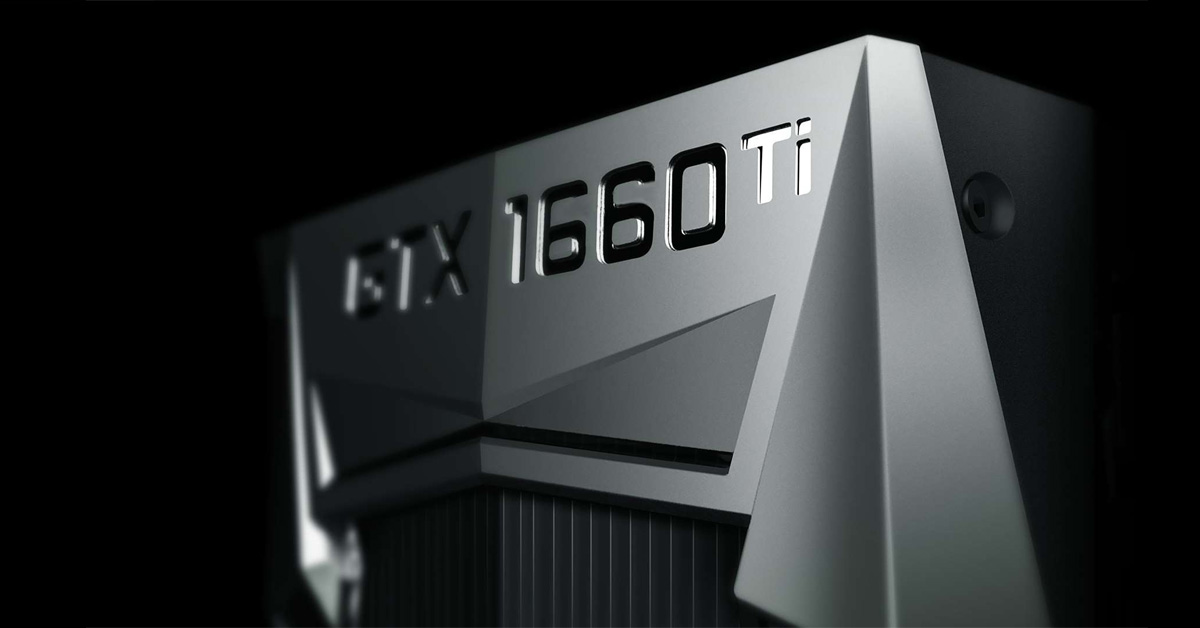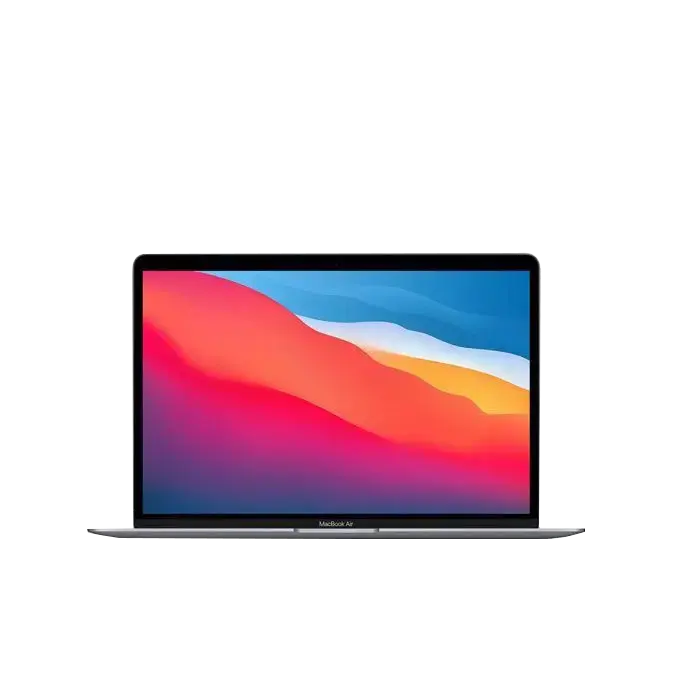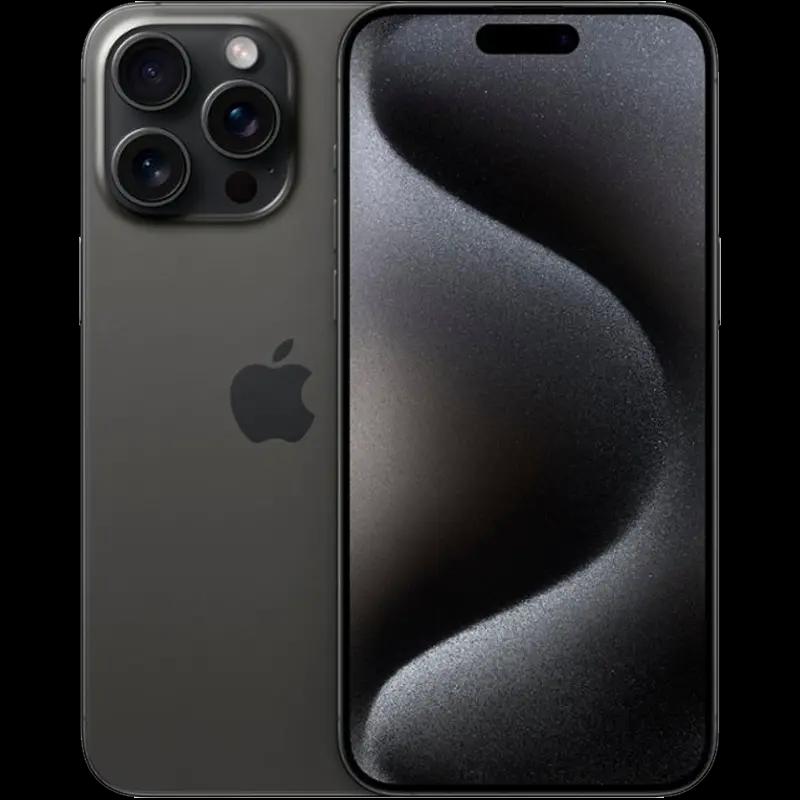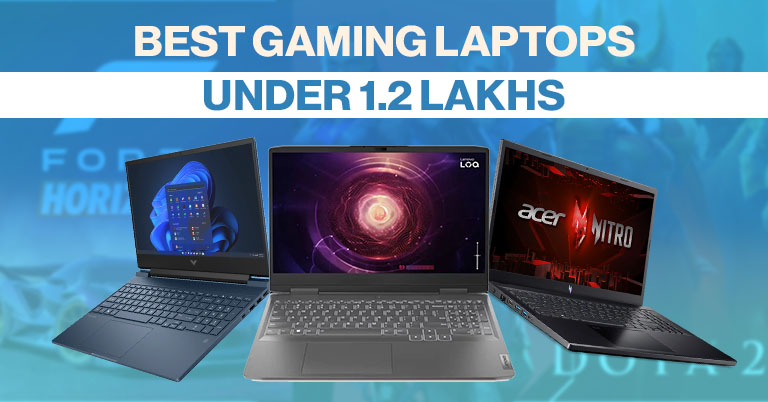
In this article, you will find the latest price of NVIDIA GeForce GTX 1660 Ti in Nepal, along with its specs, features, and availability. This is a budget graphics card initially launched in 2019, which has stood the test of time.
Nvidia GTX 1660 Ti Graphics Card Overview:
AMD has been good, and that has, in turn, forced both Intel and Nvidia to be better. Intel was pushing out CPUs that still had four cores, and pricing was off the roof. And yet, people still bought it because they did not have an option. This is where AMD came in, disrupting the market (sort of) and forcing the mighty blue chip maker to change its strategies. The same thing Nvidia saw itself face, and out came the GTX 1660 Ti.
For starters, the AMD being good was a bit of an exaggeration. Sure, they won the hearts of many tech enthusiasts, but that’s probably more for their own benefit. Either way, consumers are happier than ever, and that’s what matters. I mean, there is a lot of room for improvement, but at least something is better than nothing. Take a look at the full specifications of the GPU first:
Nvidia GTX 1660 Ti Specifications:
| GPU Engine Specs | |
|
NVIDIA CUDA Cores
|
1536 |
| Giga Rays/s | N/A |
|
Boost Clock (MHz)
|
1770 |
| Base Clock (MHz) | 1500 |
| Memory Specs | |
| Memory Speed | 6000 |
| Standard Memory Config | 6GB GDDR6 |
| Memory Interface Width | 192-bit |
| Memory Bandwidth (GB/sec) | 288 |
| Technology Support | |
| Real-Time Ray Tracing | No |
| NVIDIA GeForce Experience | Yes |
| NVIDIA Ansel | Yes |
| NVIDIA Highlights | Yes |
| NVIDIA G-SYNC™ Compatible | Yes |
| Game Ready Drivers | Yes |
| Microsoft DirectX 12 API, Vulkan API, OpenGL 4/5 | Yes |
| DisplayPort 1.4a, HDMI 2.0b | Yes |
| HDCP 2.2 | Yes |
| NVIDIA GPU Boost | Yes |
| VR Ready | Yes |
| Designed for USB Type-C and VirtualLink | No |
| Display Support | |
| Maximum Digital Resolution | 7680×4320 @ 120Hz |
| Standard Display Connectors | DP 1.4a, HDMI 2.0b, DL-DVI-D |
| Multi-Monitor | Yes |
| HDCP | Yes |
| Graphics Card Dimensions | |
| Height | 4.37″ |
| Length | 5.7″ |
| Width | 2-slot |
| Thermal and Power Specs | |
| Maximum GPU Temperature (in C) | 95 |
| Graphics Card Power (W) | 120 |
| Recommended System Power (W) | 450 |
| Supplementary Power Connectors | 8-pin |
So, GTX 1660Ti is a good GPU; putting it into context, it’s a full 1.5x better than the GTX 1060 and matches the performance of our GTX 1070. Safe to assume this is the card everyone was expecting for. A no-nonsense GPU that you paid the minimum for, or in other sense, value for money GPU, a high fps per dollar proposition, the best budget GPU if you will, something the RTX 2060 wasn’t.
Nvidia GeForce GTX 1660 Ti Price in Nepal & Availability
The price of NVIDIA GTX 1660 Ti starts at Rs. 35,000. You can buy GTX 1660 Ti partner cards from Matechi in Nepal.
| Graphics Card | Price in Nepal (Starting) | Availability |
| NVIDIA GeForce GTX 1660 TI | Rs. 35,000 | Matechi |




















![Best Mobile Phones Under Rs. 15,000 in Nepal [Updated] Best Phones Under 15000 in Nepal 2024 Budget Smartphones Cheap Affordable](https://cdn.gadgetbytenepal.com/wp-content/uploads/2024/03/Best-Phones-Under-15000-in-Nepal-2024.jpg)
![Best Mobile Phones Under Rs. 20,000 in Nepal [Updated] Best Mobile Phones Under NPR 20000 in Nepal 2023 Updated Samsung Xiaomi Redmi POCO Realme Narzo Benco](https://cdn.gadgetbytenepal.com/wp-content/uploads/2024/01/Best-Phones-Under-20000-in-Nepal-2024.jpg)
![Best Mobile Phones Under Rs. 30,000 in Nepal [Updated]](https://cdn.gadgetbytenepal.com/wp-content/uploads/2023/12/Best-Phones-Under-30000-in-Nepal-2024.jpg)
![Best Mobile Phones Under Rs. 40,000 in Nepal [Updated] Best Phones Under 40000 in Nepal 2024 Smartphones Mobile Midrange](https://cdn.gadgetbytenepal.com/wp-content/uploads/2024/02/Best-Phones-Under-40000-in-Nepal-2024.jpg)
![Best Mobile Phones Under Rs. 50,000 in Nepal [Updated] Best Phones Under 50000 in Nepal 2024 Smartphones Midrange](https://cdn.gadgetbytenepal.com/wp-content/uploads/2024/02/Best-Phones-Under-50000-in-Nepal-2024.jpg)
![Best Flagship Smartphones To Buy In Nepal [Updated] Best Smartphones in Nepal 2024 Flagship Premium Samsung Apple iPhone Xiaomi OnePlus Honor](https://cdn.gadgetbytenepal.com/wp-content/uploads/2023/09/Best-Smartphones-in-Nepal-2024.jpg)